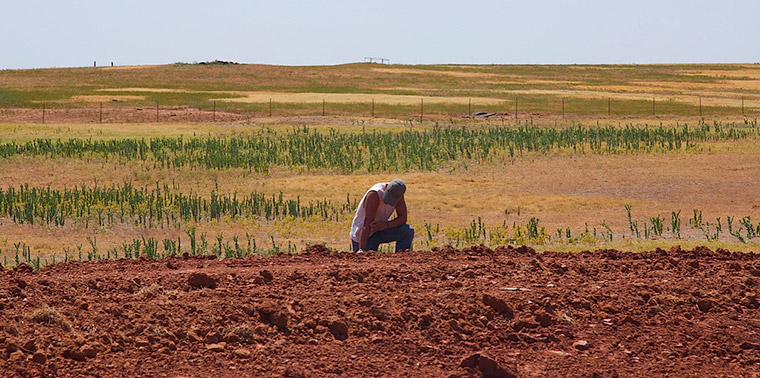September 4, 2015 — Too often we humans consider things individually, as though anything in life happens in a vacuum, all alone, with no influence from its surroundings or something else happening at the same time. Take chemicals, for example: Some chemical or another is deemed to be safe because it was studied in isolation, ignoring the potential effects of that chemical when combined with the many others on the market and in various products we encounter each day. Only recently are we beginning to fully explore and understand these combinations. In many such cases, the horse has already left the stable.
A recent study by researchers at the University of California, Irvine, reported in the Proceedings of the National Academy of Sciences, attempts to leave the silos behind when it comes to the consequences of a changing climate, starting with the premise that, “Climatic extremes cause significant damage to the environment and society, and can cause even more damage when multiple extremes occur simultaneously.” Focusing on data from 1960 to 2010, the authors looked at droughts and heat waves and found that concurrence of the two “shows statistically significant increases across the United States.”
“Heat waves can kill people and crops while worsening air quality, and droughts exacerbate those serious impacts,” said senior author Amir AghaKouchak, assistant professor of civil and environmental engineering, in a press release related to the study. “With these two extremes happening at the same time, the threat is far more significant.” Such systems thinking is critical, as the authors state, in order to prepare for and assuage, as much as possible, the negative consequences of increasing climate extremes.
![]()
Photo by Al Jazeera English (Flickr | Creative Commons)
Ensia shares solutions-focused stories free of charge through our online magazine and partner media. That means audiences around the world have ready access to stories that can — and do — help them shape a better future. If you value our work, please show your support today.
Yes, I'll support Ensia!
